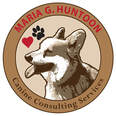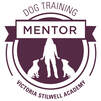A blog for all things dog-related: training, behavior, fun new doggie items, veterinary information and, of course, ways to enhance your relationship with your best four-legged friend!
Puddles: Some dogs (like some kids) love to splash in puddles, while others don’t know what to make of them. Again, if a dog doesn’t understand the concept of depth perception, it may be difficult for a dog to tell that stepping into a puddle is not synonymous with plunging into the center of the earth. To practice, you may end up putting on your rainboots and sloshing through puddles yourself (so your dog sees they’re not that deep) or provide your pup exposure to streams or lakes where he can gradually wade in from the beachy shore. Some pups just don’t like the sensation of having wet paws (similar I assume to people who don’t like wearing flip flops in the rain), so if this is the case, try to pair stepping in water or on wet grass with something good, like treats or play.
You may find that there are many other objects or environments that are “normal” for us but appear to give your pup the willies or cause overexcitement. The best way to help your pup learn how these things work in our world and to make these things less novel is through positive, repeated passive exposure. Socialization is most effective when pups are young (prior to 16 weeks) and during critical developmental periods, but can be integral for dogs of any age. For help on working through these things with your pup, please don’t hesitate to contact me – together we can come up with an appropriate socialization plan!
0 Comments
Your comment will be posted after it is approved.
Leave a Reply. |
AuthorMaria Huntoon, CBCC-KA Archives
April 2020
Categories |
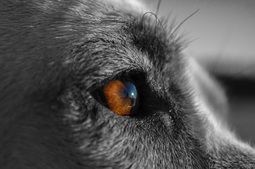

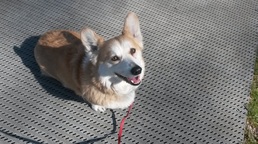

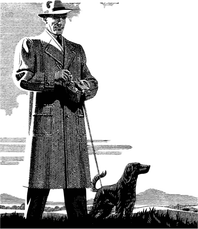
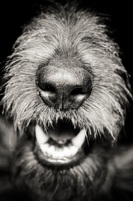

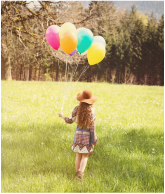
 RSS Feed
RSS Feed
